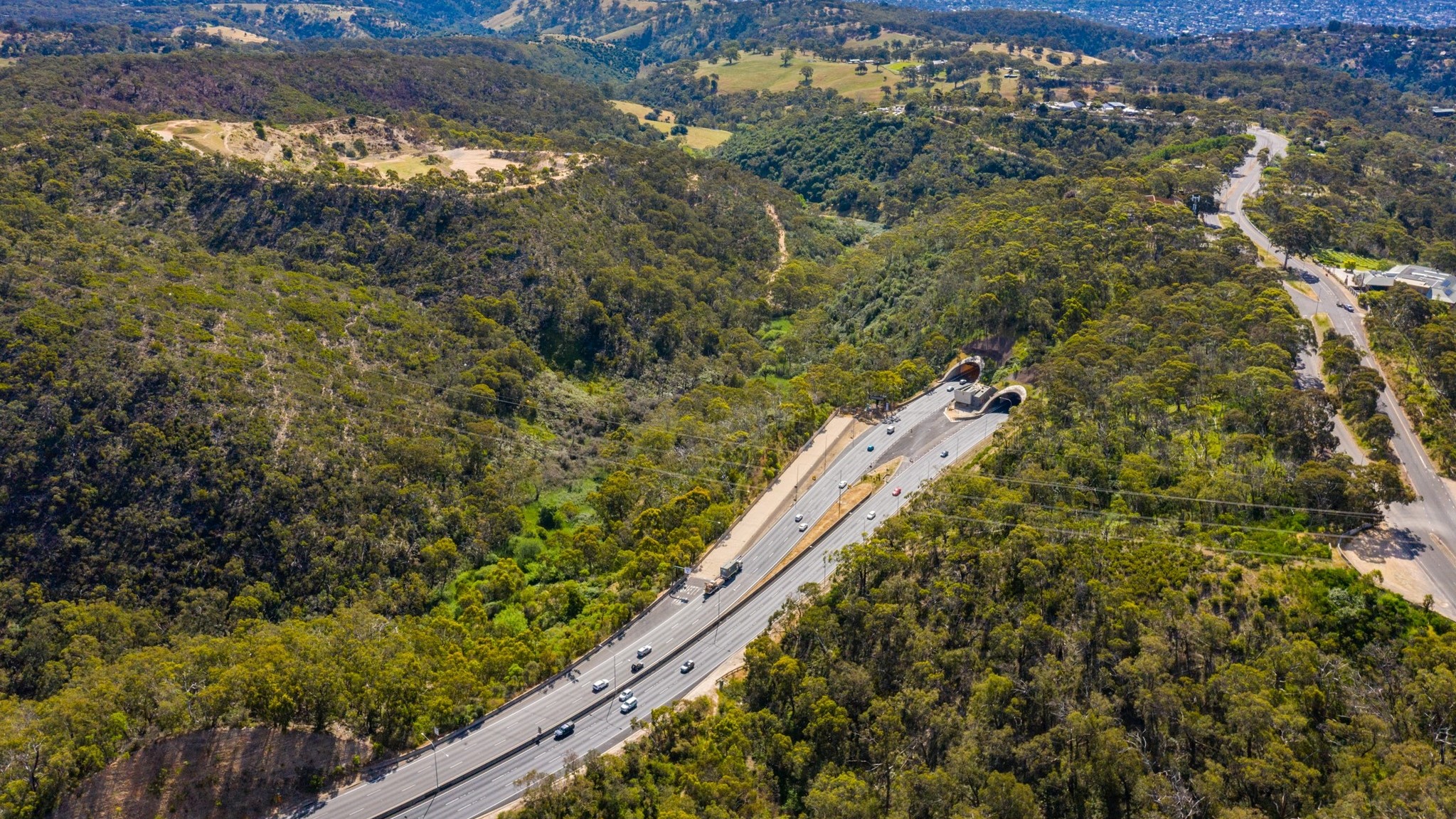
 visit raa.com.au
visit raa.com.au
The number of breakdowns on Adelaide’s freeways is accelerating – with drivers urged to slow down safely to protect stranded drivers and roadside workers these school holidays.
In the first five months of the year, RAA attended more than 1,500 breakdowns across the South Eastern Freeway, Southern Expressway and North-South Motorway.
That’s an average of 11 breakdowns every day across these three motorways.
The South Eastern Freeway is the biggest culprit, recording more than 730 breakdowns (around five per day), followed by the North-South Motorway (around three per day) and Southern Expressway (2.5 per day).
The numbers are about 19% up on 2024 figures, which saw an average of 9.3 per day on these corridors.
Since 19 May, drivers passing breakdown assistance vehicles with amber flashing lights have been required to slow down to 25km/h, in an extension of the law for emergency services vehicles, to better protect roadside workers and drivers having their car worked on.
RAA patrols typically spend about 10-20 minutes at freeway breakdown scenes as they work to get the vehicle back on the road.

The data also shows cars commonly break down on uphill stretches of these roads, as they can struggle with the increased strain.
The biggest hotspots for breakdowns are on the South Eastern Freeway near Leawood Gardens, where there is a significant gradient, and on the Southern Expressway south of the Darlington turn-off, where there is also an uphill section.
The most common causes of freeway breakdowns are engines cutting out or running rough, accounting for around 30%, followed by tyres/wheels and cooling systems.
RAA Senior Manager Safety and Infrastructure Charles Mountain said drivers needed to be alert to the possibility of breakdowns occurring when driving regionally these school holidays.
“No one gets to choose when or where the break down, and this new speed limit provides a much safer environment for those unfortunate drivers and the patrols who arrive on scene to help them,” Mr Mountain said.
“Our patrols attend hundreds of call outs each day to help vulnerable road users.
“Often it can be a parent with young children on the side of the Northern Expressway as cars fly by at 110km/h. I think anyone in that instance would think it is reasonable to slow down, to keep that family safe.

“This number of high-speed road breakdowns shows the importance of complying with the new speed limit in a safe manner on roads where traffic is travelling at high speed.
“If you see flashing amber lights at a breakdown scene up ahead, check your rear-view mirror, reduce your speed gradually and move over, if it’s safe to do so.
“The objective of the new law is clearly to make the situation safer for all involved.
“The call-out data also shows the importance of staying on top of your vehicle maintenance, to reduce your risk of your car conking out when you’re on a freeway.
“Simple things like regular servicing, checking your oil and coolant levels and ensuring you have at least 1.6mm tread on your tyres are all great ideas, especially in the winter months.”
RAA breakdown statistics on Adelaide’s three freeways, January – May 2025
South Eastern Freeway
Southern Expressway
North-South Motorway